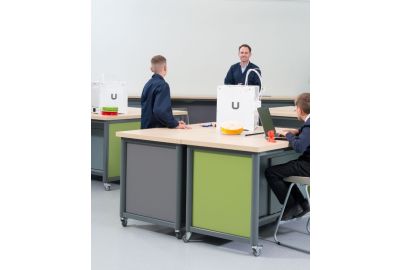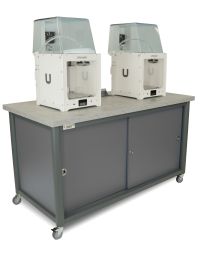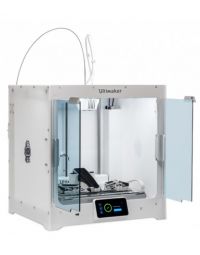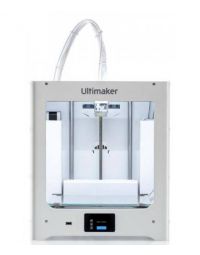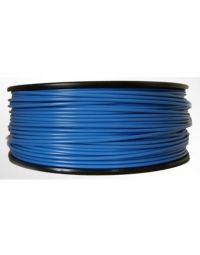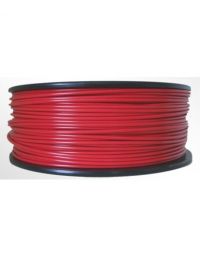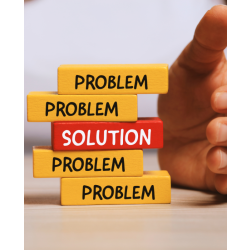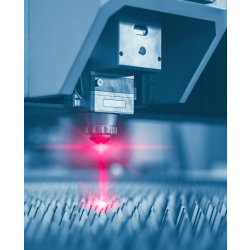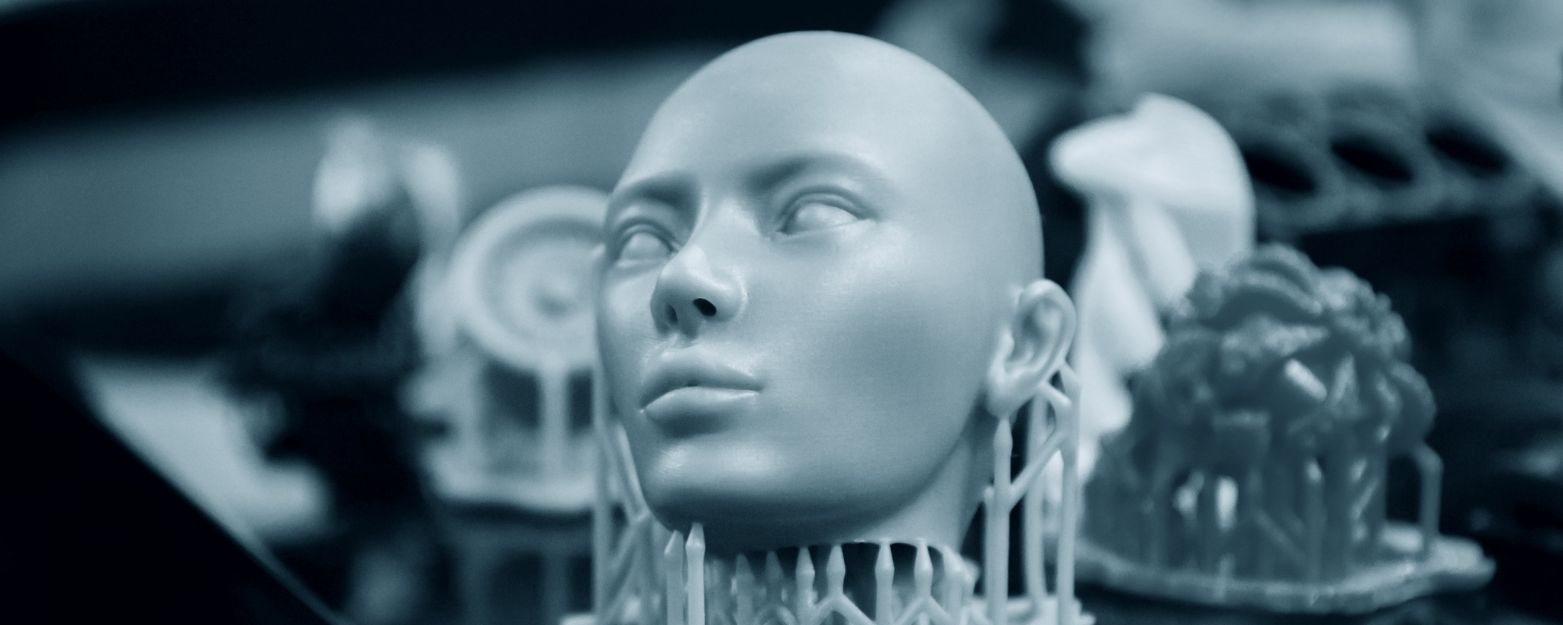

Educational Benefits of 3D Printing in Schools
It has always been a key feature of research and development within industry. Various factors have led to an explosion in interest in 3D Printing in education, including advances in equipment and software design, widening demands for its use, and descending machinery prices.
Students who look to progress in careers based on STEM-related subjects, for instance, engineering, will gain several advantages from a range of digital technologies being combined with lessons.
Introducing a ‘plug and play’ mobile workstation set-up allows teachers to introduce essential 3D printing resources and activities without the immediate need to build an advanced workshop.
One review shows that making your teaching space flexible may contribute positively to students’ learning outcomes. Further “allowing teachers to improve transitions, facilitate differentiated instruction, and motivate and engage students more effectively.”
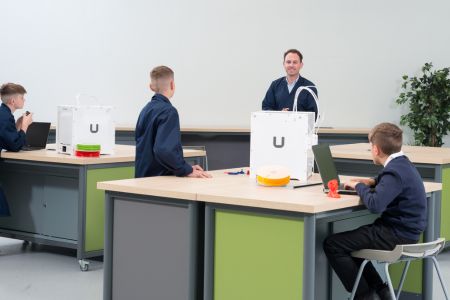

Consider the benefits of creating or upgrading a specific activity area for 3D printing
Plug and Play
The station is preassembled by WF engineers making the unit ready for use as soon as its positioned in the work room, plugged in, and 3D Printer set up. At any point, the Workstation can be wheeled to a different workroom thanks to the one plug that powers it. As soon as plugged in, in a different location – it is ready for use again.
Deliver 3D Printing Anywhere
Teachers and students save time on gathering and searching for equipment or consumables or initial set up time with a workstation. All resources required to run projects are stored in one place. A Workstation's shelving and storage helps students to stay organised and focus on the delivery of the projects.
Workstation Solution Built to Last
The Akira™ system is a high quality and durable solution designed for use in practical and technical education settings. Structure fabricated from heavy-gauge steel provides rigidity and stability. Coupled with 3D Printers with ergonomic feeder lever, stiffer build platform and improved manual levelling adds to the consistent performance and reliability.
Mobility = Accessibility
A Workstation is at the correct working height for students to stand or sit to operate the 3D printers. Mobile and maneuverable, students and teachers can easily and quickly relocate the station as required. A compact workspace that keeps all 3D printing equipment and materials in one accessible space.
Flexibility
The 3D Printing Workstation can be used in isolation or combined with other Workstations to create zones dedicated to specific activities.
High Print Volumes
2 high quality 3D printers mounted on a single workbench allow for higher volumes of printing. Irreplaceable pieces of technology produce double the volume of work as it is able to run for extended periods of time.
Predictions for qualifications desired on the labour market in only a few years show, that the technical skills and practical knowledge of digital technologies, like 3D Printers, will help future employees perform tasks in the work environment – teachers and employers know this well.
What are the benefits of 3D printing for students?
Creative Thinking and Experimenting
Engagement in the process of design creation inspires students to use their imagination, a 3D printer is a demonstration of how unconventional thinking works. Bringing their designs to life, whilst at the same time understanding the importance of product concept and evaluation, which will challenge and strengthen their creativity. It’s a perfect tool for igniting innovative thinking in your classroom.
Development of Skills of Tomorrow
Whether designing solutions to save our communities, addressing medical impairments, or creating products to support a sustainable future, expertise in design technology, and post-processing techniques lies amongst several skills listed as ‘in-demand’ by the end of the decade. Development of technical and soft skills through gaining experience in 3D printing will increase pupils' chances to succeed in the digital job market.
Critical Thinking, Analysis and Problem Solving
Identifying needs, problem-solving and creating ‘open-ended’ solutions are all core elements of the D&T curriculum. Three-dimensional printing provides an opportunity for students to learn and develop their ability to deepen an understanding of complex concepts of creative design. Identifying challenges along the way, they can develop their own way to think outside the box in order to recognise the areas for improvement.
Increased engagement into subject
Students’ engagement into STEM subjects increases when attracted by the possibility of participation, and physical interaction with the subject. Props, as a visual aid, support knowledge acquirement, and complex technical concepts covered by the educators. All children benefit from interactive, hands-on learning, enabling them to digest and retain information. However, the transformation from design to a tangible form will better engage not only visual learners but kinaesthetic learners too.
Aids cross-curricular learning
3D Printing technology can be used across multiple subjects and is excellent for extra-curricular and cross-curricular activities such as STEM. It is perfect for addressing the opportunity to apply knowledge from other subjects in D&T, and also allow those subjects to use this technology within their lessons such as Art, Mathematics, History and Geography. Coupled with its links in STEM, Science would certainly benefit from a wide variety of projects across all three science disciplines, from the planets to fossils, and molecular modelling. This may also help with shared funding to assist in the purchase of a 3D Printer.
Encourages Collaboration and a Hands-on approach
In an educational environment or collaborative setting, a well-equipped workstation for two students contributes to all participants involved, facilitating work share, and working together on projects. 3D Printing is an excellent tool for using design strategies such as collaborative learning, from peer-to-peer evaluation, to fully integrated collaborative STEM challenges.



